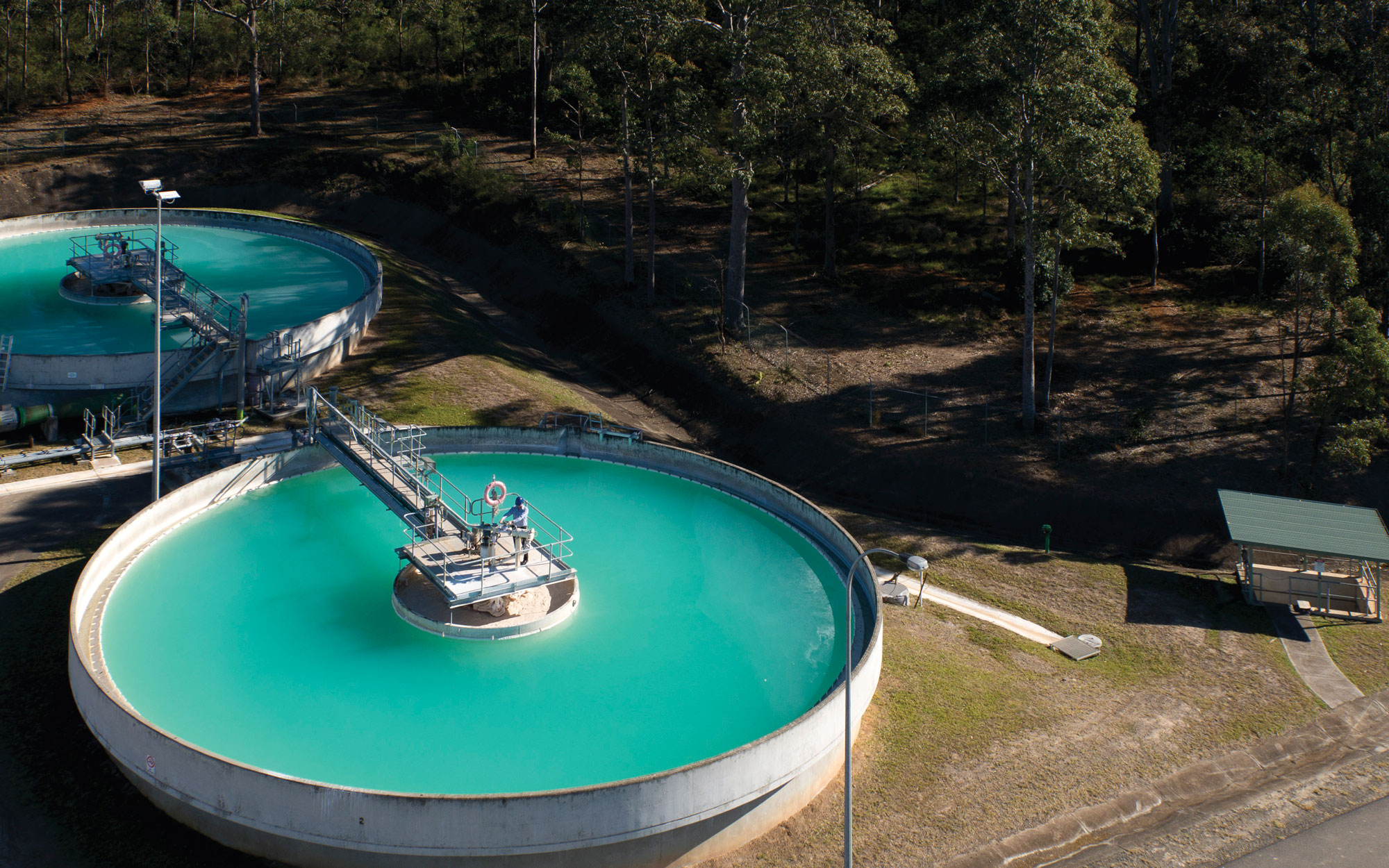Tailoring a transition plan for each water utility
The department acknowledges that many local water utilities have an Integrated Water Cycle Management (IWCM) strategy or are in the process of developing one. From July 2022, we have engaged with these utilities, including those funded under the Safe and Secure Water Program, to facilitate a smooth transition.
Our approach involves meeting with members of the department's Water Utilities teams, as well as Water Infrastructure NSW’s Safe and Secure Water Program administration where necessary, to tailor a transition plan based on local circumstances, ensuring a clear path forward for each utility.
Impact of the regulatory and assurance framework on:
1. Local water utilities with a current IWCM strategy in place
These local water utilities fall into two broad groups:
Group | Status | Next steps |
|---|---|---|
1. Local water utilities that have received concurrence from the department for an IWCM strategy in the past four years (i.e. after 1 July 2018). | Considered to have departmental concurrence for their existing IWCM strategy. | Since 1 July 2022, these local water utilities have effective, evidence-based strategic planning under the new regulatory and assurance framework. There will be 'annual check-ins' starting from 1 July 2023. |
2. Local water utilities that have received IWCM strategy concurrence from the department for the purpose of paying a dividend under section 409 of the Local Government Act 1993, in the past two years (i.e. after 1 July 2020). | Considered to have departmental concurrence for this purpose. | Since 1 July 2022, these local water utilities have effective, evidence-based strategic planning under the new regulatory and assurance framework. There will be 'annual check-ins' starting from 1 July 2023. |
We will write to the utilities that fall into these two groups.
2. Local water utilities developing an IWCM strategy (including those funded under the Safe and Secure Water Program)
The department sets expectations for effective and evidence-based strategic planning outcomes, while allowing utilities to choose their own approach. There is no single prescribed method, but the department provides guidance, templates, case studies, and tools to facilitate the process. The priority is to ensure reasonable standards are met for strategic planning outcomes (outlined in Section 3.2 of the Regulatory and assurance framework for local water utilities (PDF, 1100.53 KB).
Utilities eligible for Safe and Secure Water Funding fall into two broad groups:
Group | Status | Next steps |
|---|---|---|
1. Local water utilities that have a Safe and Secure Water Program funding deed for strategic planning (as per the previous IWCM strategy approach and checklist) in place by 30 June 2022. | Agreed funding is guaranteed, but action is required to decide whether to change the approach to strategic planning. | The department will work with you about your options for your approach to strategic planning and seek assurance of the effectiveness of your strategic planning. The local water utility may
The department will support local water utilities in understanding the options available and any impacts on existing Safe and Secure Water Program funding deeds, including scope, milestones, and timelines. |
2. Local water utilities that are scoping a strategic planning project but do not have a Safe and Secure Water Program funding deed in place by 30 June 2022. | In scoping – no impact | The local water utility may:
The department will support local water utilities in understanding the options available and implementing effective, evidence-based strategic planning. |
3. Water utilities that have not commenced scoping an IWCM strategy
Local water utilities that have not commenced scoping an IWCM strategy should refer to Section 3 Regulatory and assurance framework for local water utilities (PDF, 1100.53 KB) before starting the strategic planning process.
The framework does not prescribe specific strategic planning tools, processes, or approaches. You have three options to consider:
- Continue to use the IWCM checklist as the basis for your strategic planning.
- Participate in an Integrated Planning and Reporting focused local water utility strategic planning pilot – read the Using the Integrated Planning and Reporting framework for local water utility strategic planning (PDF, 573.34 KB) guidance document for more information.
- Develop another approach to meet the outcomes-focused approach to local water utility strategic planning.
Local water utilities are encouraged to contact the Town Water Risk Reduction Program to discuss all the above options and your local contact in the department’s water utilities team.
Regulatory and assurance framework
The regulatory and assurance framework is designed to make sure that local water utilities manage risks effectively and strategically. It applies to local water utilities in regional NSW.
